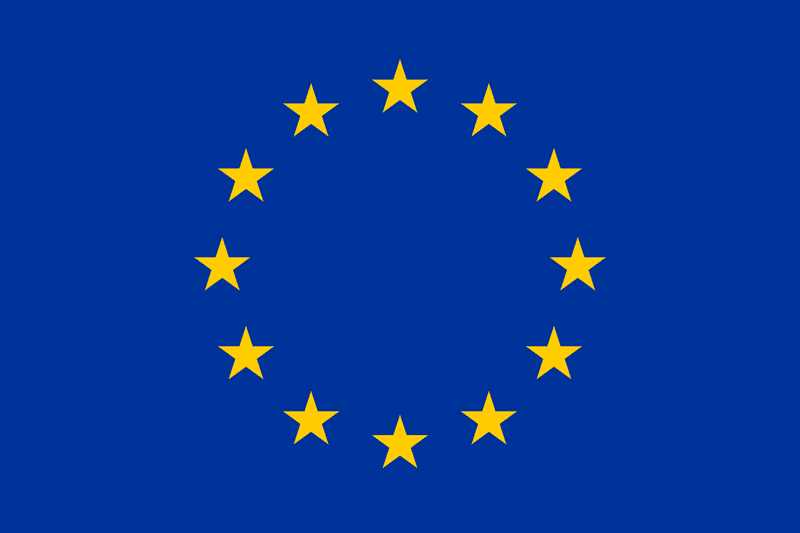29. February 2024Between geopolitical tensions and decarbonisation: just transition in Estonia’s Ida-Virumaa region
Ida-Viru county is situated in the north-east of Estonia. It is an oil shale region that is going through decarbonisation and has already suffered from closure of heavy and textile industries. Narva river marks the north-eastern border of Estonia with Russia. On the 20th of February, a stakeholder meeting of the CINTRAN project was held in the town called Jõhvi. Jõhvi is the administrative seat of Ida-Viru County and Jõhvi Parish. The participants of the event were mostly local – representatives of trade unions, local colleges, local businesses and governments. There were also some presence of the central government – the ministry of finance, the ministry of regional affairs and agriculture and ministry of social affairs. Altogether about 35 people were present.

During the day CINTRAN researchers Annela Anger-Kraavi (EKUK) and Hardi Murula (IVOL) presented project results. Anneli Teelahk from the Ida-Viru Unemployment Insurance fund shed light into the resent high unemployment numbers (13.4%) in the region and Ivan Sergejev from the Ministry of Finance presented the current state of allocation of the funds from the EUs Just Transition Fund in Ida-Virumaa. The presentations were followed by a discussions about the region transitioning away from oil shale in the light of the current geopolitical discussions.
The main messages about Ida-Virumaa that the CINTRAN project highlights are the following. The three key words that characterise the region are outmigration, disempowerment and hope. There is strong sense of disempowerment at the local level (e.g. “our opinions don’t matter). There are top-down government efforts to provide retraining opportunities, but at the same time there is a lack of faith at the local level that these programs will help. There is a need for local ownership of the transition process to the low-carbon economy and for meaningful engagement of the local stakeholders. Data shows demographic trends toward outmigration, especially for youth. Nevertheless, individual attachments to the region and individual aspirations of workers and their families depict a picture of hopefulness that in some cases contradicts the stark reality of numbers.
However, the proximity to the Russian market with the potential to turn the region into an important EU-Russia trade and tourist region has recently lost its importance for foreseeable future as a result of Russia’s aggression against Ukraine. The location has become a burden rather than a development resource. This is in addition to the challenges the region already faces: an aging and declining population as well as high unemployment. All of this means that the hope of transforming the region into a modern industrial region is very likely to be in vain, and the promises formulated in strategic documents is largely impossible to occur.
The participants of the workshop highlighted that the CINTRAN project results have been know to them for last 30 years meaning there has not been much progress despite development and green strategies for the region. They also noted that more detailed research is needed for the region in order to understand the impacts of various possible transition pathways. Many were concerned about the burden of the combined impacts of the geopolitical situation and closure of the carbon incentive industries have on the local economy and about the lack of concrete steps for dealing with that situation as well as about the lack of representation of Ida-Virumaa concerns in the Parliament and central government.
There were also a couple of SliDo questions presented to the workshop participants. When the participants were asked about a word that comes to their mind when thinking about the future of Ida-Virumaa, the two most frequently submitted words were uncertain and development. The main issue with Just Transition Fund monies was according to the participants – too short time for projects implementation. When the participants were asked about a word that they associate with just transition then there was a wide variety of words submitted from diversification to unemployment. That demonstrates again that just transition means different things to different people.
Author
Annela Anger-Kraavi
Director | University of Cambridge
Climate Change Policy Group (CCPG)


Funding
The CINTRAN project has received funding from the European Union’s Horizon 2020 research and innovation programme under grant agreement No. 884539. The sole responsibility for the content of this website lies with the authors and does not necessarily reflect the opinion of CINEA or other EU agencies or bodies.